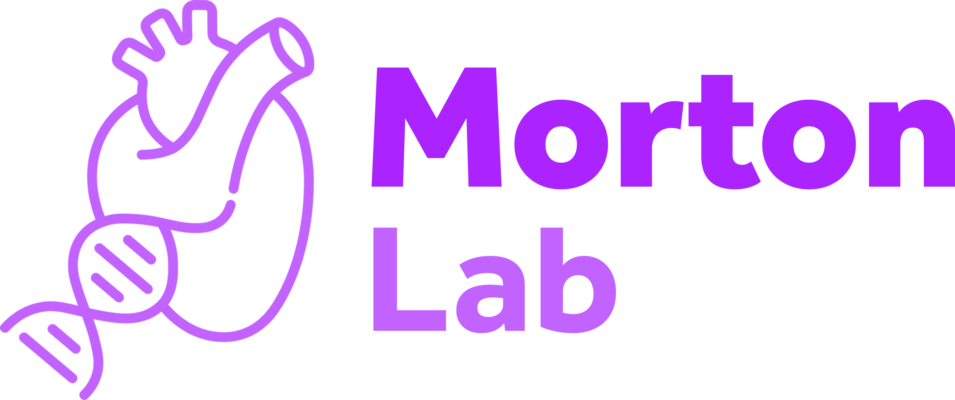BACKGROUND: Midazolam is a benzodiazepine sedative used in NICUs. Because benzodiazepine's effects include respiratory depression and potential detrimental developmental effects, minimizing exposure could benefit neonates. Dexmedetomidine is routinely used for sedation in older pediatric populations. We implemented a quality improvement initiative with the aim of decreasing midazolam infusions by 20% through use of dexmedetomidine.
METHODS: A multidisciplinary committee created a sedation guideline that included standardized dexmedetomidine dosing escalation and weaning. Baseline data collection occurred from January 2015 to February 2018, with intervention from March 2018 to December 2019. Percentage of sedation episodes with dexmedetomidine initiated was followed as a process measure. Outcomes measures were percentage of eligible infants receiving midazolam infusions and midazolam-free days per sedation episode. Bradycardia with dexmedetomidine, unplanned extubation rates, and morphine dosage were monitored as balancing measures.
RESULTS: Our study included 434 episodes of sedation in 386 patients. Dexmedetomidine initiation increased from 18% to 49%. The intervention was associated with a significant reduction in midazolam initiation by 30%, from 95% to 65%, with special cause variation on statistical process control chart analysis. Midazolam-free days per sedation episode increased from 0.3 to 2.2 days, and patients receiving dexmedetomidine had lower midazolam doses (1.3 mg/kg per day versus 2.2 mg/kg per day, P = 5.97 × 10-04). Bradycardia requiring discontinuation of dexmedetomidine, unplanned extubation rates, and morphine doses were unchanged.
CONCLUSIONS: Implementation of a quality improvement initiative was successful in reducing the percentage of patients receiving midazolam infusions and increased midazolam-free days per sedation episode, revealing an overall reduction in benzodiazepine exposure while maintaining adequate sedation.

